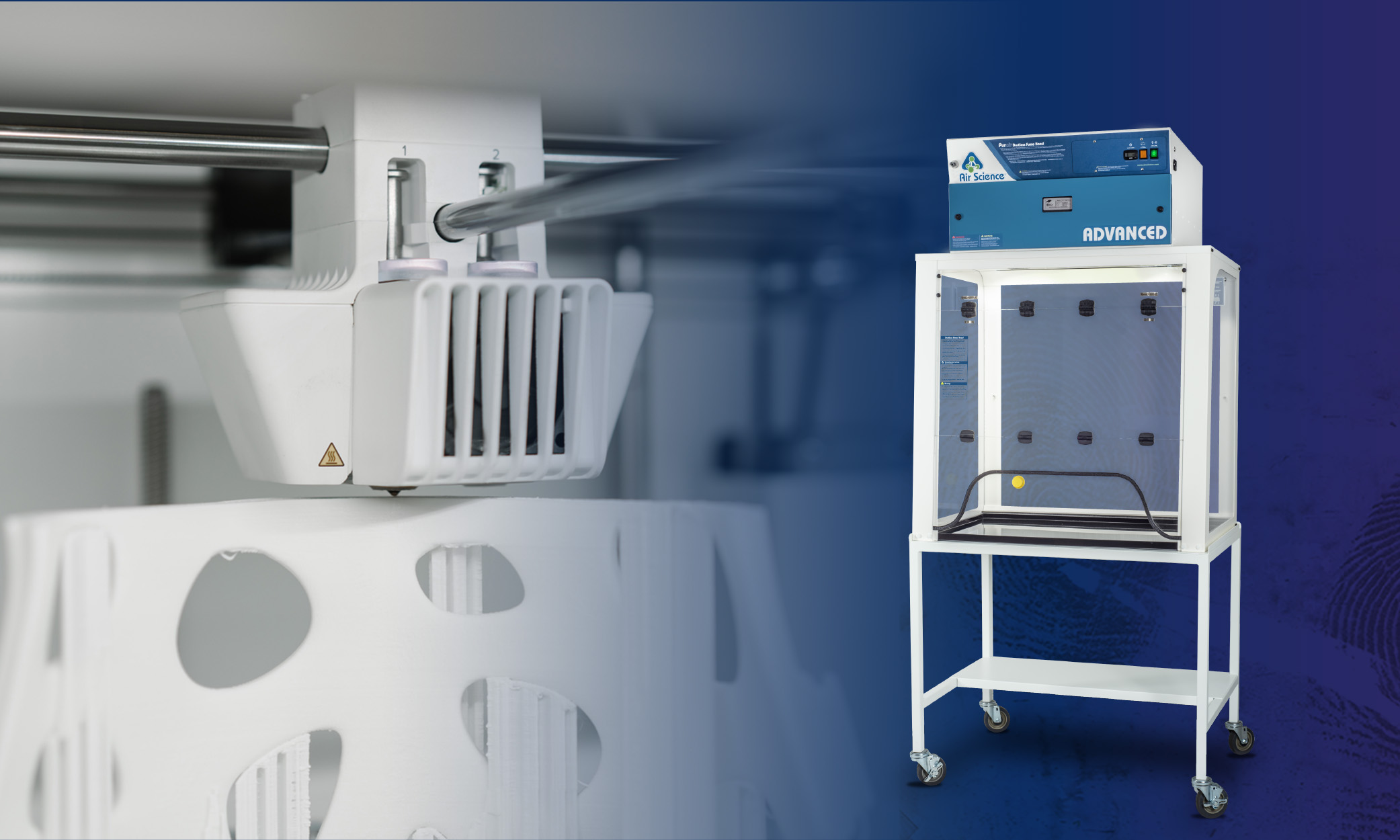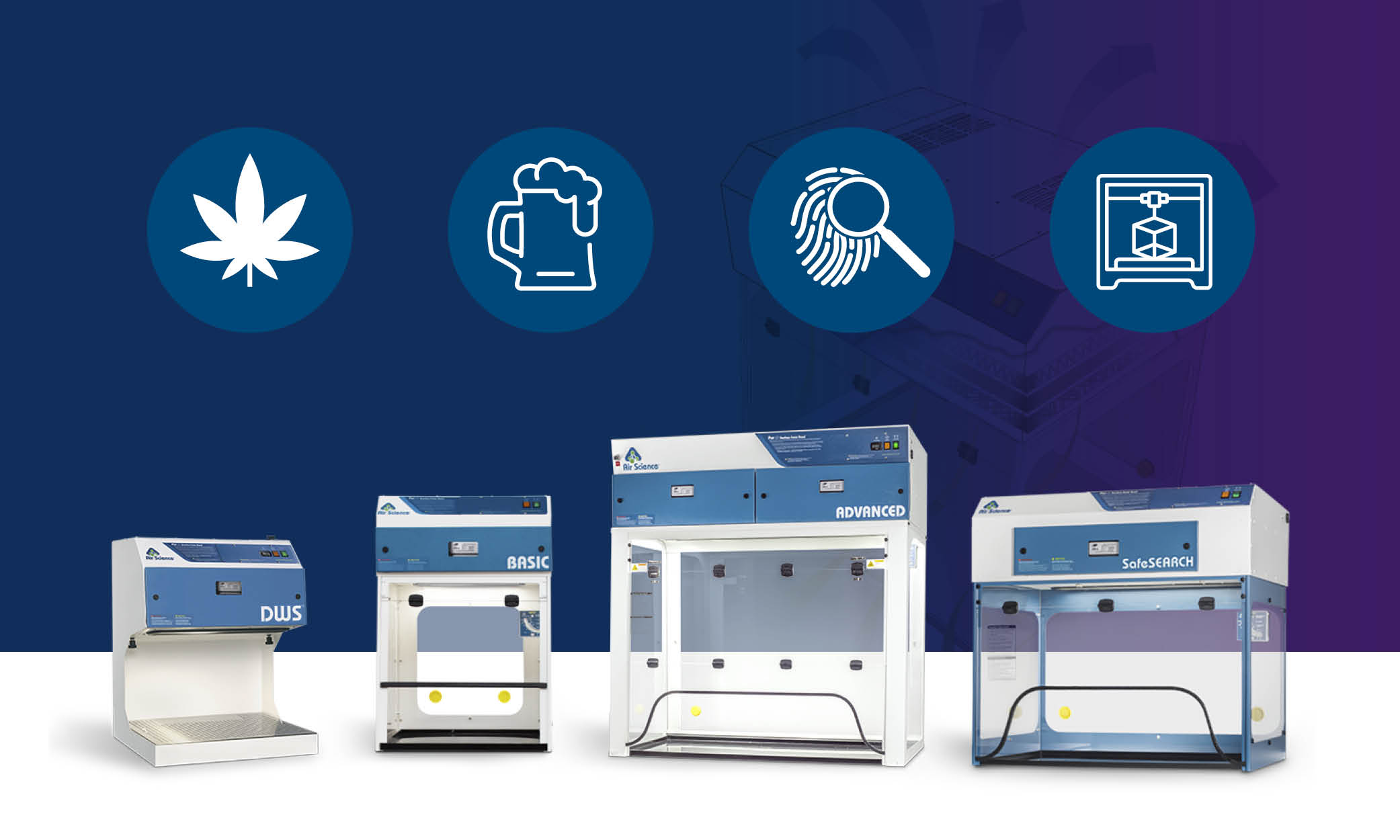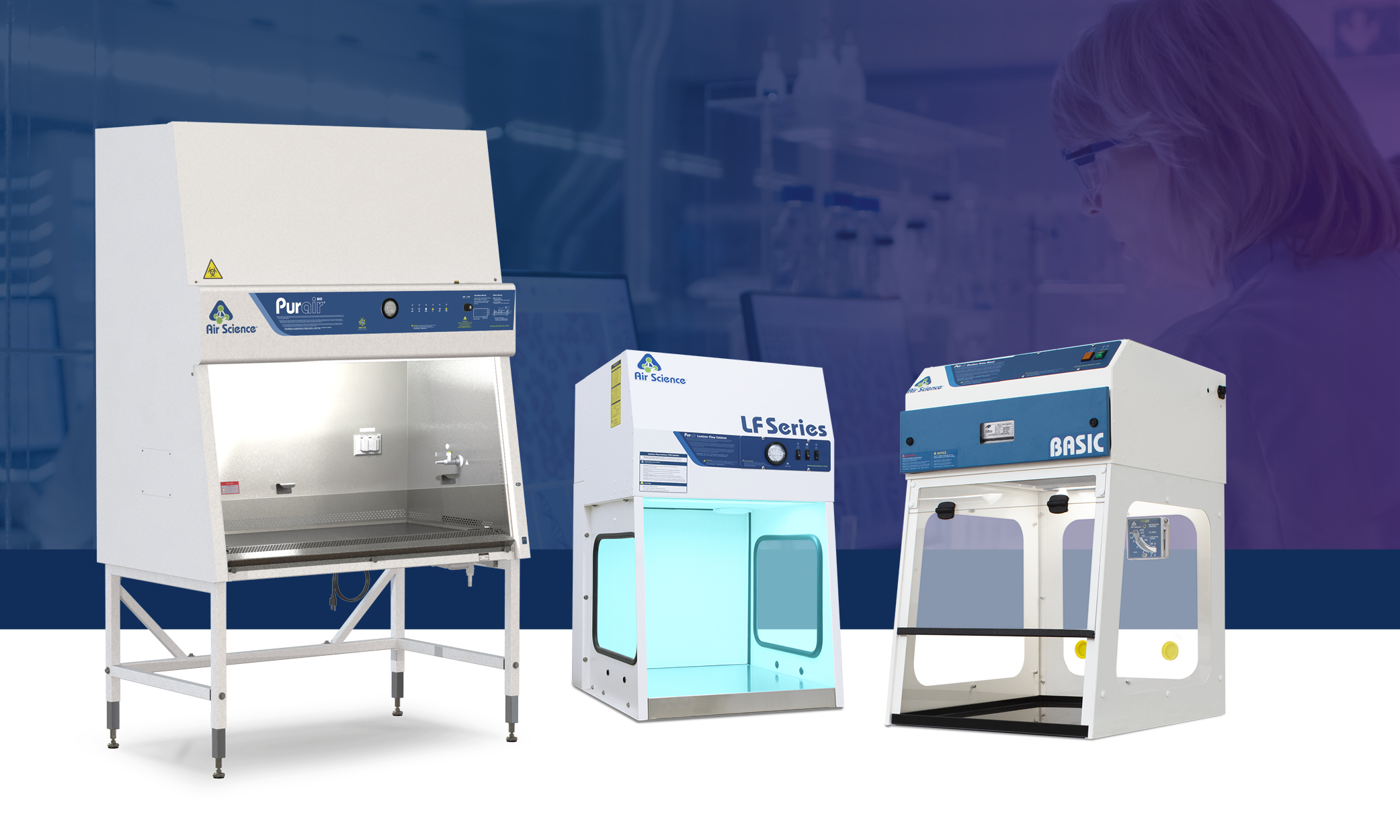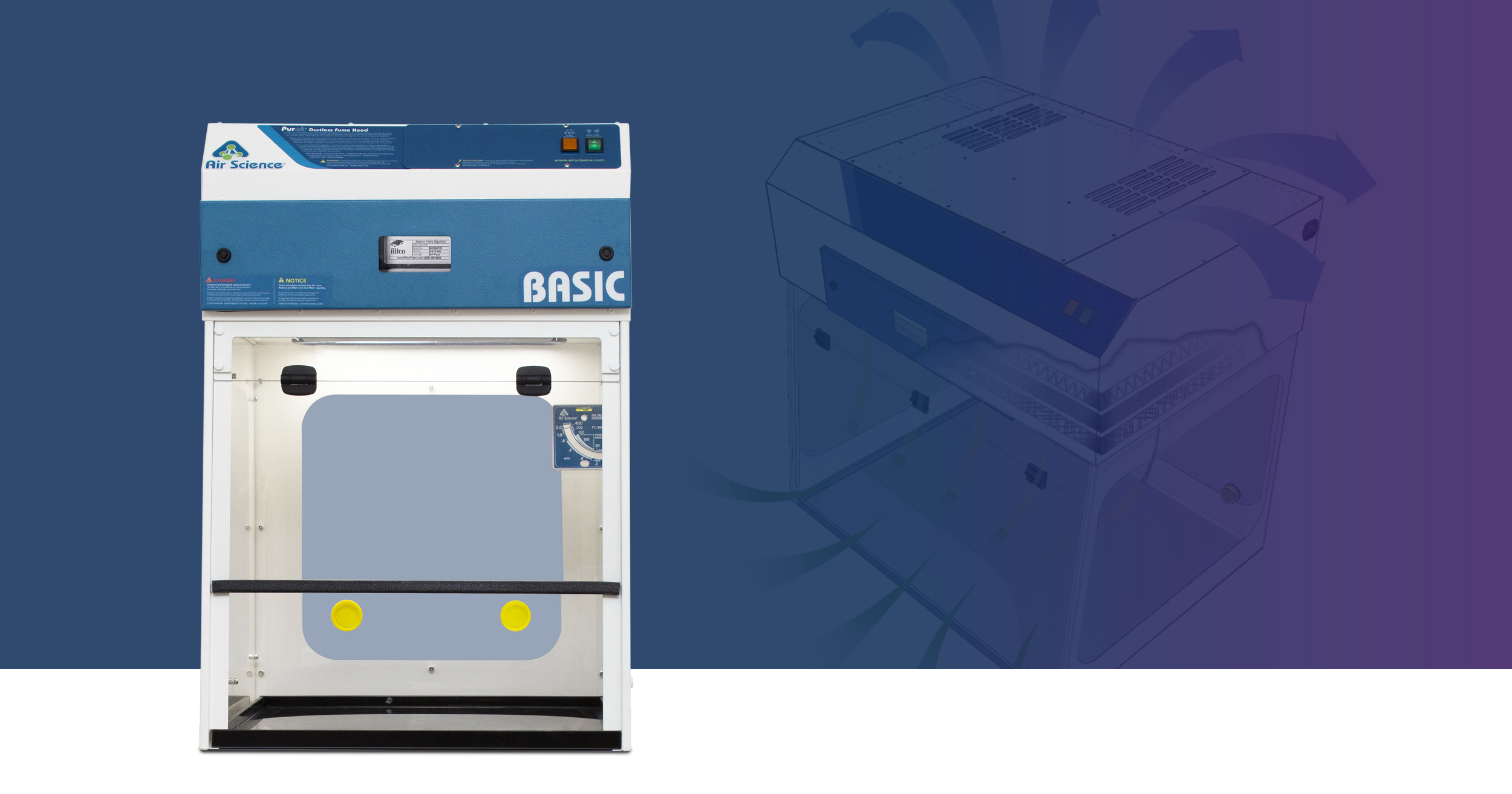Horizontal laminar flow hoods provide air streams that travel in the same direction (horizontally) and at the same speed with…
We're Here to Help
239.489.0024
Contact Us
info@airscience.com
239.489.0024
info@airscience.com

The Growing Use of 3D Printing in Forensic Applications In the field of forensics, 3D printing has emerged as a…

Ductless fume hood enclosures are a staple piece of equipment within laboratories and have been for years. Yet fume hoods…

To run a safe, effective laboratory, you need the right equipment. Ductless fume hoods, laminar flow hoods and biological safety…

Having a routine filter replacement schedule is an important first step for proper equipment maintenance. Most ductless fume hood filter…

How Does A Fume Hood Operate? Fume hoods are designed to protect personnel from toxic or volatile chemical gases, vapors…